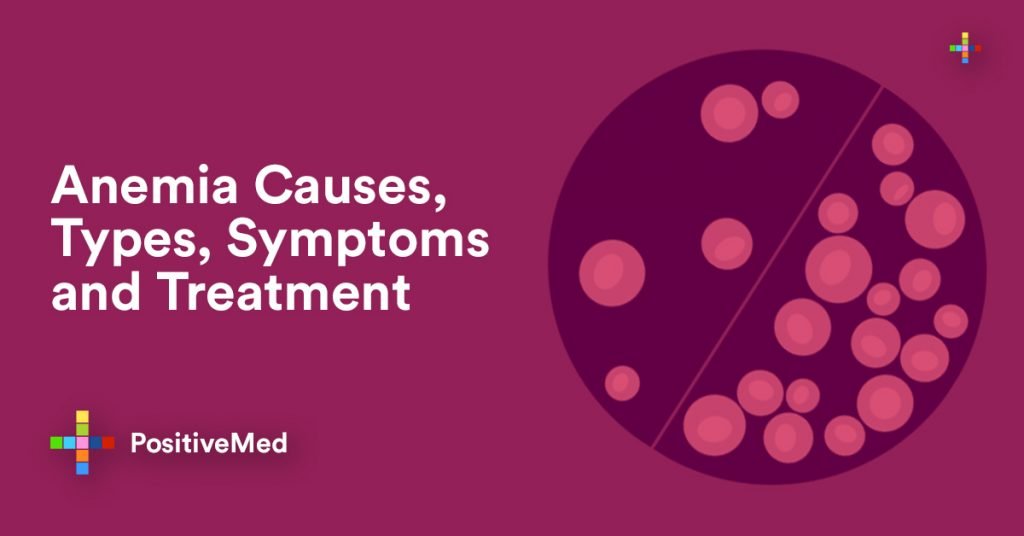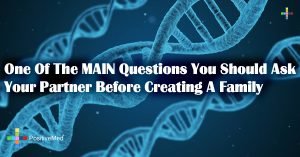Hemoglobin refers to an iron-rich protein found in red blood cells. Oxygen that enters your lungs attaches to the hemoglobin in the blood, delivers it to other tissues in your body. If you have insufficient red blood cells or the ones you have don’t work properly, your body is left short of oxygen. This condition is known as anemia.
Each hemoglobin protein can accommodate four molecules of oxygen, which are carried to other tissues throughout the body by red blood cells. Each and every cell in your body requires oxygen for repair and maintenance.
Additionally, hemoglobin helps the red blood cells obtain their disc-like shape, which enhances their mobility through the blood vessels.

What is Anemia?
Anemia is a condition that occurs due to low levels of hemoglobin in the body. There are different types of anemia which include:
Iron-deficiency anemia
This is the most common type that occurs if you do not have enough iron in your body and your body fails to produce the hemoglobin it requires. Although anemia usually occurs due to blood loss, poor absorption of iron in your digestive system can also trigger the condition. People who undergo gastric bypass surgery are more likely to become anemic.
Pregnancy-related anemia
This is a type of iron-deficiency anemia that occurs because a significant amount of iron is required during pregnancy and childbirth.
Vitamin-deficiency anemia
People who fail to ingest adequate amounts of nutrients, such as folate or vitamin B-12, are at a higher risk of this type of anemia. This anemia alters the shape of the red blood cells, making them less effective in delivering oxygen to body tissues.
Aplastic anemia
This refers to a disorder whereby the immune system attacks the blood-forming stem cells located in the bone marrow. It leads to fewer red blood cells in the body.
Hemolytic anemia
This usually stems from another health condition, but can also be inherited. It happens when the blood cells are broken up in the spleen or blood vessels.
Sickle cell anemia
It refers to an inherited condition where the shape of the hemoglobin protein is distorted or abnormal. This means that the red blood cells are sickle-shaped and inflexible, and thereby are not capable of flowing through the small blood vessels. Anemia can also be triggered by other conditions such as kidney disease and cancer chemotherapy treatments. These two impair the body’s ability to produce red blood cells.
Symptoms of Anemia
People with low hemoglobin may experience symptoms like irregular heartbeat, shortness of breath, and chest pain. Other typical signs and symptoms of low hemoglobin include the following:
• Dizziness
• Fatigue
• Stroke
• Blindness
• Delayed growth and puberty
• Skin ulceration
• Pounding in the ears
• General weakness
• Fast, irregular heartbeat
• Headache
• Pale or yellow skin
• Cold feet and hands
People at Risk of Anemia
The elderly and people who consume a diet that is poor in iron at a higher risk of anemia. If you engage in vigorous exercises, you may become anemic because exertion can trigger a breakdown of red blood cells.
Related Link: This Blood Type Is at Higher Risk for Cancer, Alzheimer’s and Heart Issues
Women are also prone to anemia when pregnant or during their monthly periods.
If you have chronic health conditions like liver disease, thyroid disease, or inflammatory bowel disease, chances of becoming anemic are higher. This is mainly because such conditions can lower hemoglobin levels, which puts you at a higher risk of developing anemia.
Anemia Treatment
Anemia is a treatable condition and approaches depend on the underlying cause of low hemoglobin. Treatment options include:
• Blood transfusion
• Use of erythropoietin
• Iron supplementation
• Increased intake of iron-rich foods, such as eggs, artichokes, seafood, beans, cereals, vegetables, citrus fruits, and nuts.
What Does High Hemoglobin Mean?
High hemoglobin usually occurs when your body needs an increased oxygen-carrying capacity. It mostly happens because:
You are a smoker
You stay at high altitudes and there is an increased production of red blood cells to compensate for the lower oxygen supply in that area.
There are other causes of high hemoglobin that are less common, including:
• Poor lung or heart function causing an increase in the production of red blood cells to compensate for chronically low blood oxygen levels.
• Bone marrow dysfunction resulting in an increased production of red blood cells.
• Certain medications or hormones that stimulate the production of red blood cells.
High hemoglobin can occur in the absence of other abnormalities due to disorders like:
• Dehydration
• Heart failure
• Chronic obstructive pulmonary disease (COPD)
• Kidney cancer
• Liver cancer
• Lung disease
• Emphysema
• Polycythemia vera
• Abuse of erythropoietin (Epogen) by bodybuilders and athletes for doping purposes
• Certain tumors
Edited by: Jessa (March 2, 2019)






